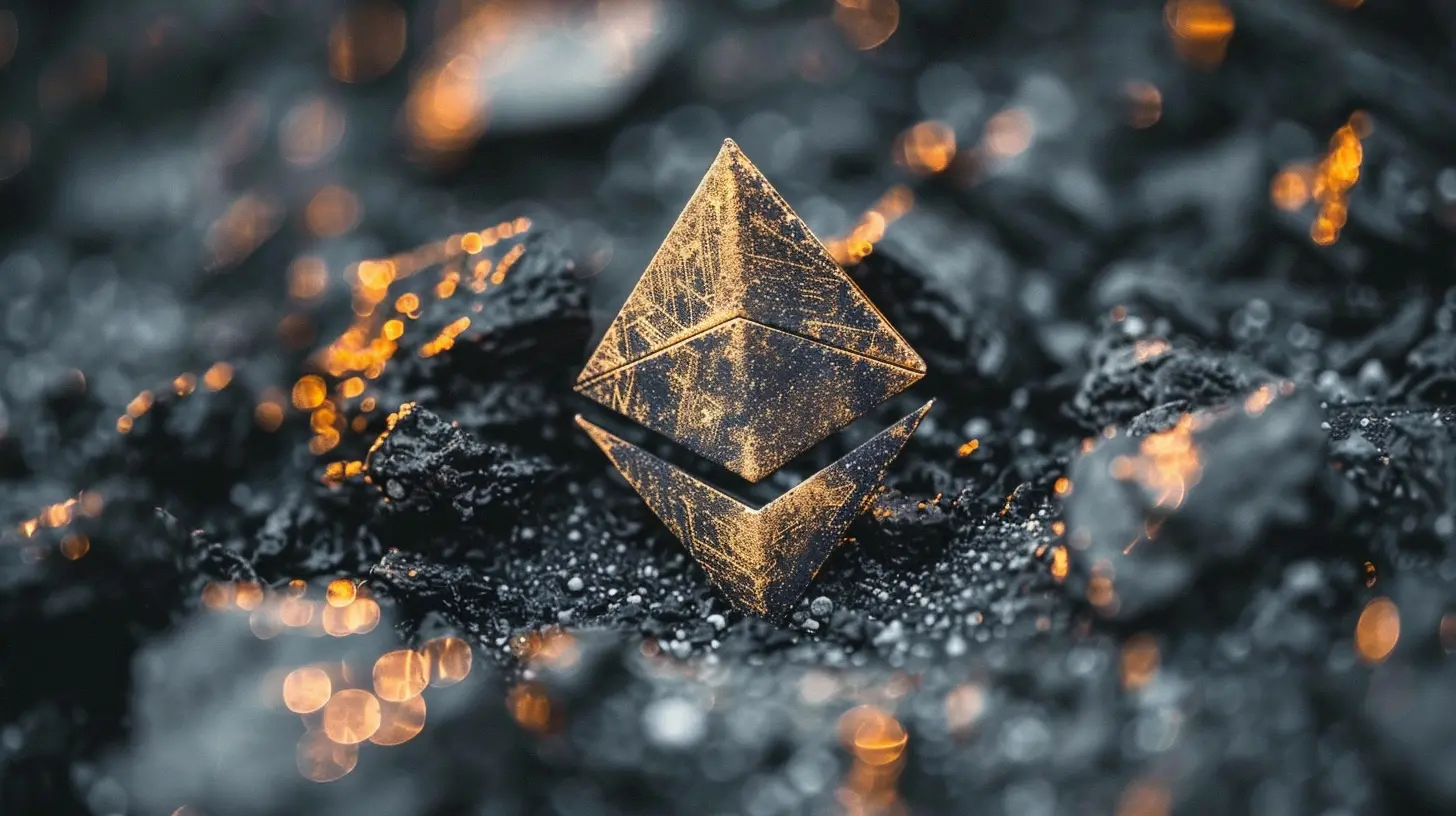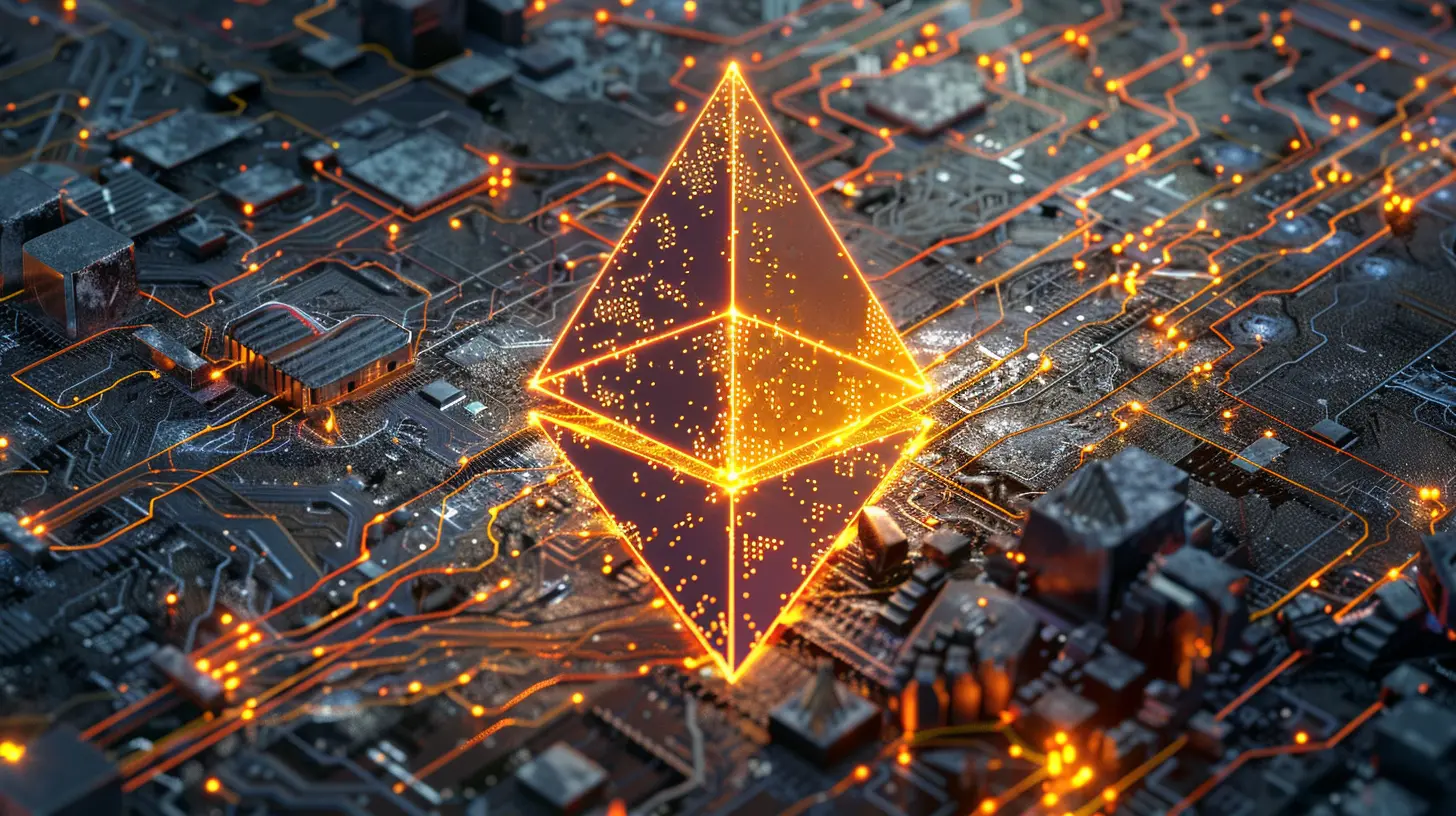Exploring the Energy Efficiency of Proof of Stake Blockchains
8 June 2025
Let’s be real for a second. You’ve probably heard all the buzzwords—blockchain, crypto, NFT, decentralization, consensus mechanism (say that five times fast). And somewhere along the way, someone whispered “Proof of Stake” into your ear like a secret spell that promises a greener, cleaner future for crypto.
Well, buckle up because we’re diving headfirst into the wonderfully weird world of Proof of Stake (PoS) blockchains, and why they’re shaking up the energy game. And don’t worry, we’re skipping the boring, brain-melting jargon. This is blockchain talk for the rest of us.
🧠 First Things First: What the Heck Is a Blockchain?
Think of a blockchain like a really nerdy digital notebook that keeps records of transactions. But here’s the catch: once you write something in this notebook, it’s there forever. No erasers allowed.This notebook isn’t kept in your junk drawer either. It’s shared across thousands of computers all over the globe. Everybody has a copy, and they all have to agree on what’s being written down. That "agreement" part? That’s where consensus mechanisms come into play.
🥊 Proof of Work: The OG Blockchain Bouncer
Before Proof of Stake came along in its environmentally-friendly sneakers, Proof of Work (PoW) was the muscle behind Bitcoin and a bunch of other OG cryptocurrencies.PoW is like that friend who insists on doing everything the hard way. To validate a transaction and add it to the blockchain, miners (yes, they're called miners) compete to solve ridiculously complex math problems. The first one to answer correctly gets a reward (usually crypto), and everyone else just wasted a ton of electricity. Literally.
⚡️ The Energy Problem
To put it bluntly, PoW is a power-hungry monster. Bitcoin mining alone consumes more electricity per year than some entire countries. Like, whole. Countries. That’s not just unsustainable; that’s bonkers.Imagine if we had to run every Google search or text message through a power plant. That’s the level of crazy we’re talking about.
So naturally, we needed a better way. Enter: Proof of Stake.
👑 Proof of Stake: The Energy-Sipping Royalty of Blockchain
PoS is like the chill cousin of PoW who shows up at family gatherings with organic kale chips and a Tesla. It validates transactions too, but without the electrical arms race.🚀 How It Works
Instead of solving mind-bending puzzles, PoS lets people who own the blockchain’s native crypto “stake” their coins—basically locking them up—as a show of faith. The more coins you stake, the higher your chances of being selected to validate the next block and earn a reward.No mining. No outrageous electricity bills. Just staking your digital money and letting the algorithm decide who gets to validate blocks.
It’s like a crypto version of jury duty… but you actually want to be picked.
🧾 Proof of Stake vs Proof of Work: Energy Smackdown!
Let’s throw these two into the ring and see how they stack up specifically in the energy department.| Feature | Proof of Work | Proof of Stake |
|--------|----------------|----------------|
| Energy Usage | Insanely high (think small country-level consumption) | Super low (can run on a laptop) |
| Hardware Requirements | Expensive, specialized mining rigs | Regular ol’ computers |
| Carbon Footprint | Enormous | Minimal |
| Scalability | Hard to scale sustainably | Easily scalable |
It’s not even close. Proof of Stake is essentially the Prius to Proof of Work’s Hummer.
🌍 Why Energy Efficiency Actually Matters (A Lot)
You might be thinking, “Okay cool, Proof of Stake saves power, but why should I care? I recycle. I use LED bulbs.”Here’s the thing: the climate crisis is no joke. The last thing we need is a financial system that’s burning more fossil fuel than your dad’s lawnmower from 1987. If crypto wants to go mainstream, it needs to green up its act—and PoS is how we get there.
Plus, many companies and investors are leaning toward sustainability. Being eco-conscious isn’t just trendy anymore—it’s a competitive advantage. More efficient blockchains = more adoption = more innovation = happier planet.
🚦 Ethereum's Switch to Proof of Stake: Merge Like a Boss
Ethereum—the world’s second-biggest blockchain and home of your cousin’s weird NFT collection—used to run on Proof of Work. But in 2022, it pulled a fast one and switched to Proof of Stake in what was called "The Merge". And it was a BIG deal.🧮 The Numbers
Post-Merge, Ethereum’s energy consumption dropped by a staggering 99.95%. That’s not a typo. That’s like switching from a gas guzzler to a bicycle.The Merge proved that major blockchains can go green without sacrificing security or decentralization. It’s kind of like watching a bear become a ballerina—graceful, unexpected, and a little adorable.
🛠️ Other PoS Blockchains Doing Cool Stuff
Ethereum may have stolen the spotlight, but it’s not alone in the PoS playground. Here are a few crypto projects already living their best low-energy lives:✅ Cardano (ADA)
- Created by one of Ethereum’s co-founders- Known for its academic approach and peer-reviewed research
- Super energy-efficient and focused on sustainability
✅ Solana (SOL)
- Lightning fast and incredibly cheap to use- Uses a hybrid PoS and Proof of History (yeah, that’s a thing)
- Can handle tons of transactions with minimal energy draw
✅ Tezos (XTZ)
- Smart contract platform like Ethereum- Self-amending, meaning it can upgrade without hard forks
- Proudly eco-friendly from Day 1
These networks are basically the crunchy granola techies of the blockchain world—low energy, high ideals.
😅 Hold Up—Is It All Sunshine and Rainbows?
Not so fast. Before we crown PoS as the savior of crypto, we have to talk about some drawbacks.🐳 The Whale Problem
Since your chances of validating blocks and earning rewards increase with the amount you stake, the rich can get richer. Big stakeholders (aka "whales") might end up running the show if we’re not careful.🛡️ Security Flexibility
PoS is super secure, but the devil’s in the details. If a major validator misbehaves, they can lose their staked assets (a process called “slashing”). Good for accountability—but painful if done wrong.🤷 Not All PoS Are Created Equal
Different blockchains tweak their PoS algorithms in different ways. Some are more secure, some are faster, some are... confusing. It’s not a one-size-fits-all solution.🔗 Energy Efficiency Isn’t Just About Electricity
Sure, PoS wins the energy battle, but there's an even bigger picture here. PoS opens the door to:- More inclusive participation (you don’t need a mining warehouse out in the desert)
- Lower barriers to entry for developers and users
- Cheaper transactions that don’t cost $87 in “gas fees” to send ten bucks
It’s like going from a dial-up modem to fiber-optic broadband. Everything just works better.
☕ Wrapping It Up: So, Is Proof of Stake Worth the Hype?
In a word? Yup.Proof of Stake isn’t perfect, but it’s a massive leap forward for blockchain technology. It drops the insane energy use, opens the gates to everyday users, and might just help crypto shed its reputation as a digital polluter.
And if the world’s second-largest blockchain (hint: Ethereum) is moving in this direction, that tells us one thing loud and clear:
Proof of Stake isn’t just a trend—it’s the future. And it's wearing Birkenstocks.
✍️ Final Thoughts (a.k.a. My Two Crypto Cents)
We like our tech fast, secure, and guilt-free. Proof of Stake is a step toward a blockchain world that doesn’t fry the planet just to verify a cat meme NFT.So next time someone brings up crypto’s "energy problem," you’ve got receipts. Big, clean-energy-saving receipts.
Go forth and stake wisely, my friends.
all images in this post were generated using AI tools
Category:
Blockchain TechnologyAuthor:

Reese McQuillan
Discussion
rate this article
3 comments
Cruz McDowell
Fascinating insights! Eager to learn more!
June 23, 2025 at 4:59 AM

Reese McQuillan
Thank you! I'm glad you found it interesting. Stay tuned for more updates!
Sabrina Mathews
Proof of Stake: Finally a blockchain that doesn’t need a solar farm!
June 12, 2025 at 4:06 AM

Reese McQuillan
Thank you for your comment! Indeed, Proof of Stake significantly reduces energy consumption compared to Proof of Work, making blockchain technology more sustainable.
Zorion Coleman
Great insights! Excited to see the future of sustainability!
June 10, 2025 at 11:38 AM

Reese McQuillan
Thank you! I share your excitement for a sustainable future in blockchain technology!



